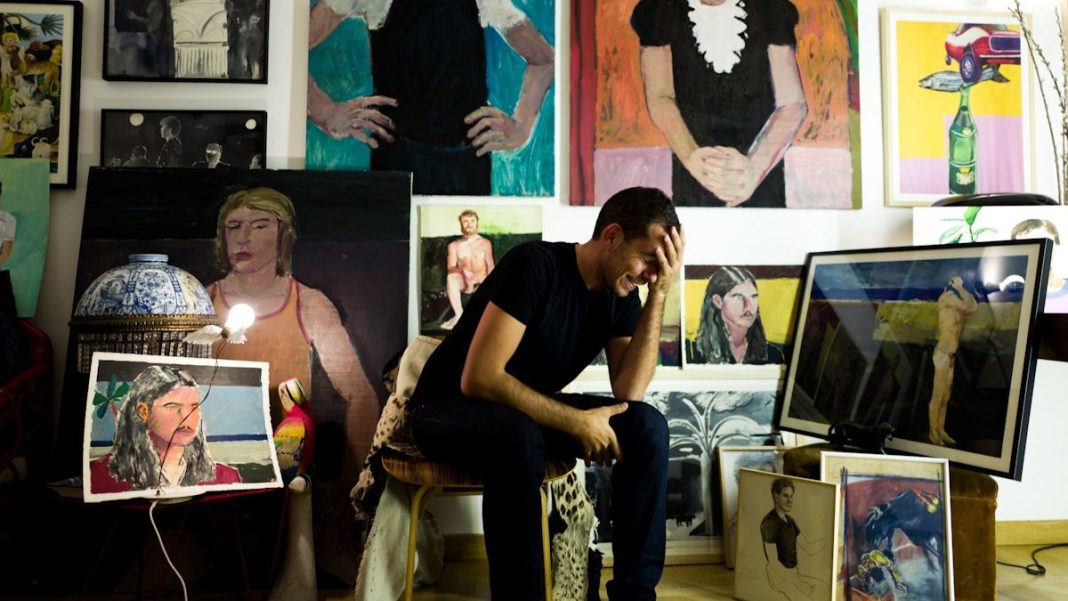I found myself grateful to the custodians. To Betty, who learned to hang her son’s paintings on clean white walls only after she was free to do so. To Arthur, who loved Larry and kept his drawings safe until the world remembered to look again. To Allen, who made sure Darrel’s photographs kept thinking. And to Fabio, who refuses to let any of this remain private grief. He turns it into public care.
When the lights rose, I felt that rare sensation that art has done what it is meant to do: make us more porous, more attentive, more human. It transformed remembrance into a collective act. It asked us not only to look but to hold what we had seen.
A Visual Diary is not nostalgia. Nostalgia wants the past to stay golden and far away. Fabio invites it into the present and asks us to take responsibility for it. Archives are not objects. They are relationships. They live when someone carries them forward. Triennale presented the work in the historic CRT venue, and that setting mattered. It gave space back to tenderness, music, and memory. For a moment, the community that once existed only in fragments was whole again.
Leaving the theatre, I thought: perhaps this is what art is for, to keep love from dissolving into silence, to keep memory alive long enough to become our own.
Credits
A VISUAL DIARY
Next performances:
ERT Bologna, 3–7 December 2025
#Visual #Diary #Fabio #Cherstich


